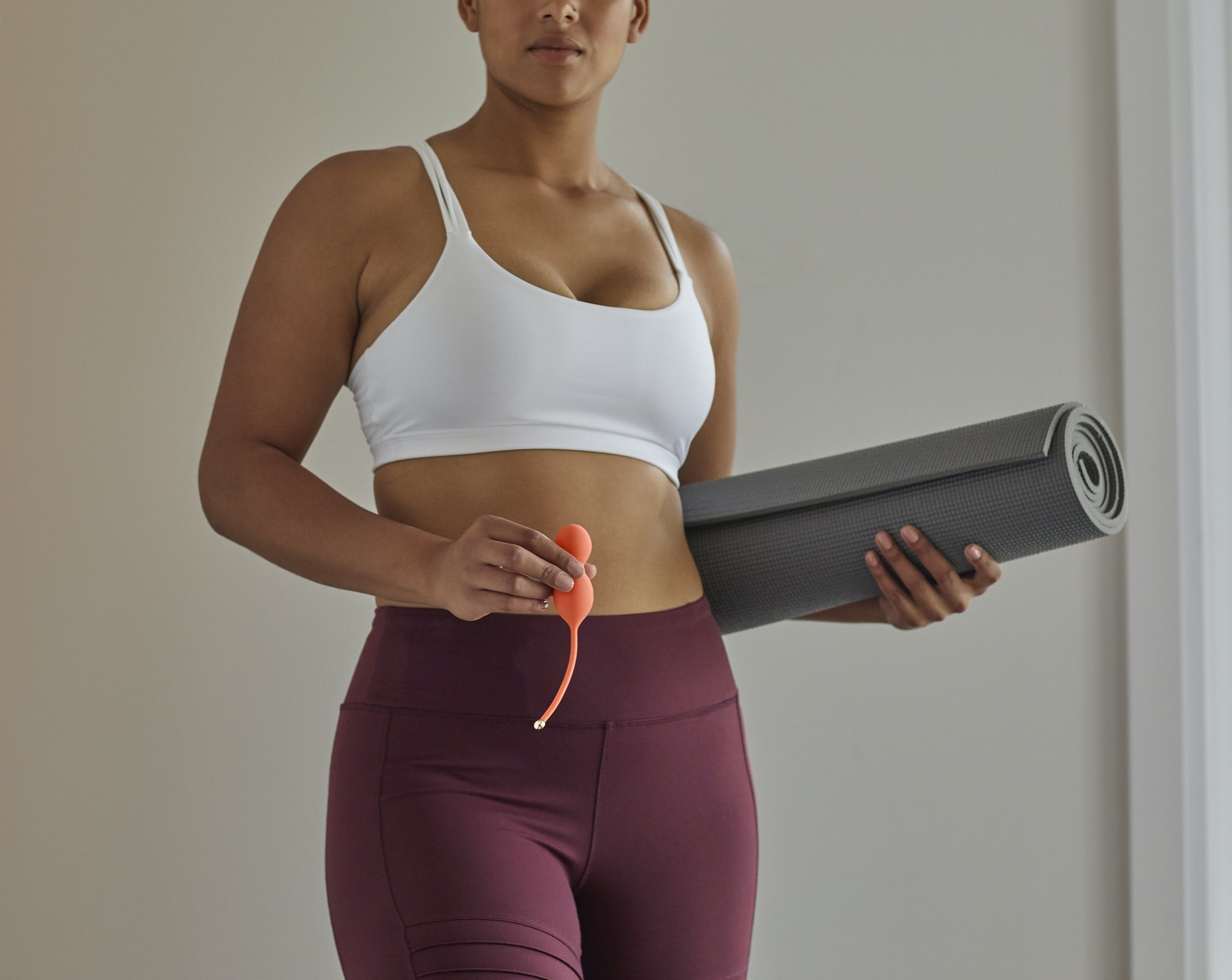As if your to-do list wasn’t long enough already, now add maintaining the holiday gathering calendar, planning/prepping more meals, and making sure your kids experience family traditions...phew, it’s no wonder our perspective on fitness changes a bit this time of year. Here are a few reminders as we approach the holiday season.
January is not your start date: From November through December life gets busy and fitness might be a lower priority, but do yourself a favor and don’t see these last two months of the year as pointless when it comes to workouts. Sure it’s easier to ramp up fitness in January, but you don’t want to enter 2022 feeling like you’re starting over or that you’re “getting back on track”. If you know the end of 2021 will mean less consistency with exercise, instead look at it as your off-season; a chance to maintain what you’ve built, try different types of exercise, enjoy shorter movement sessions, and prepare your body for a surge in a couple of months.
Embrace the dark (and cold): whether you work out early in the morning or in the evening, chances are it’s going to be dark and cold. Acknowledge the challenge, but don’t let it become an excuse. Brighten up your home workout area, enlist an accountability partner, lay out your clothes the night before...whatever it takes to embrace the change of season and not let it sabotage your goal to stay active.
Exercise is not an exchange for indulging: During the holidays meals tend to be heavier and alcohol might be more frequent. Indulging a bit more is often part of tradition and good times with friends and family. If you’re choosing to indulge, it’s important to be OK with it and not fill yourself with guilt and stress. Don’t fall into the thinking that exercise is there to make up for eating more than usual. Continue to fuel your workouts with good nutrition and if you’re making the choice to have that extra dessert or glass of wine, accept it and enjoy it, knowing that your healthy habits over long periods of time will help you maintain your baseline.
As you can see, for your fitness routine to survive the holidays, it takes a little bit of a mental shift and recognizing that this is a temporary time period and adjustments should be made. So enjoy the family traditions, acknowledge the challenges, and change your perspective on what fitness means to you during this time. If you’d like some guidance with your holiday fitness plans or want to set yourself up for success in the New Year, schedule your personal exercise consult.





















